

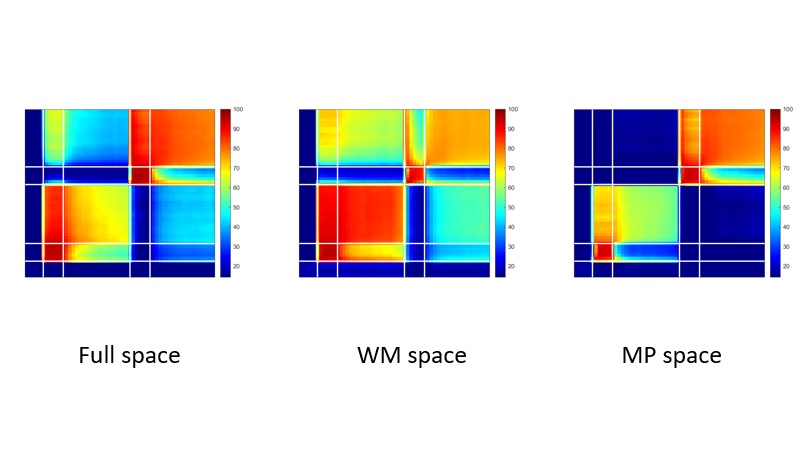
Emergence of bump attractor properties in recurrent neural networks
In fulfilment of my undergraduate's final thesis, I rejoined Dr. Yen's laboratory co-supervised by Dr. Andrew. I extended on the neuronal code morphing project where I am currently trying to verify different models which would explain the phenomenon observed previously. We found evidence of bump attractor properties while training recurrent neural networks.
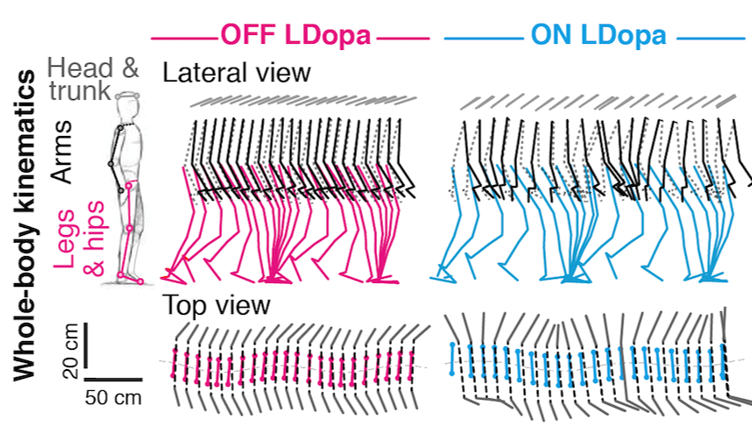
Comprehensive machine leaning approach to analyse Parkinsonian gait kinematics
Dr. Rosa's lab gave me a window into the world of clincial science, this was further reinforced in Dr. Eduardo's lab where they worked with Parkinson's patients. Using comprehensive machine learning approach, I was able to classify and predict how bad the gait of a Parkinson's patient was through the kinematics data, resulting in a more objective measurement of parkinson's patients. In the future, we hope to develop a software which would allow the automated generation of gait kinematics report, allowing clinicians to track over time, the condition of a patient.
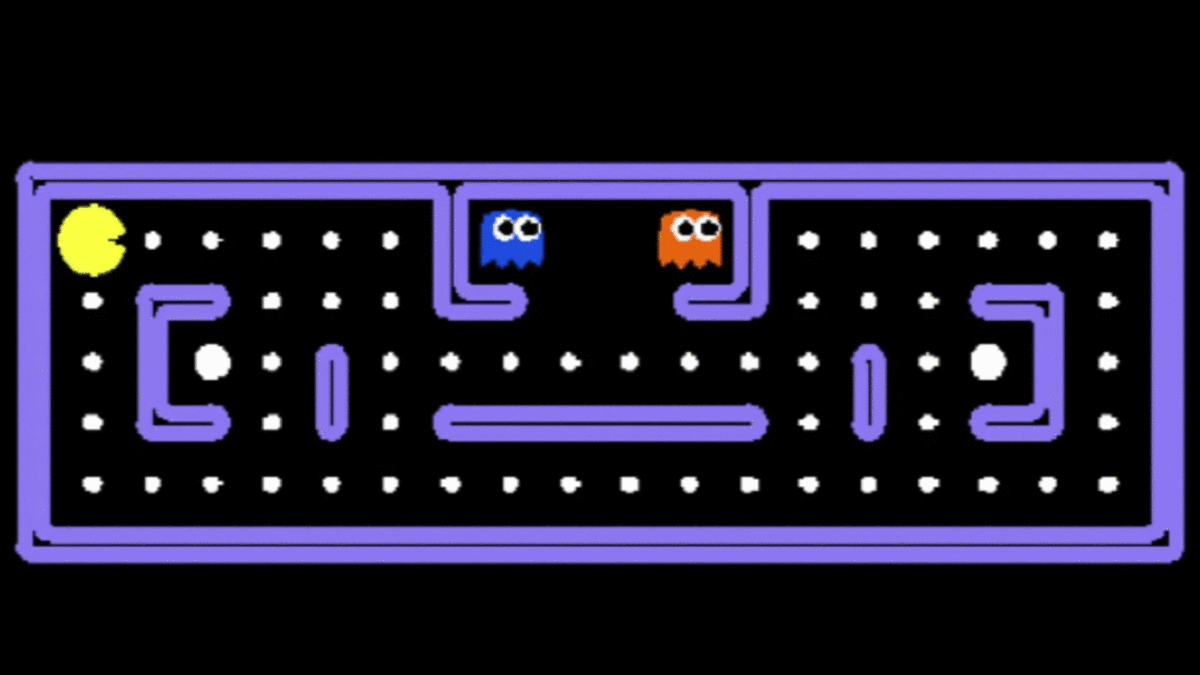
As part of my minor in Artificial Intelligence, I took CS3244 which was about machine learning. For the module, we are require to come up with a machine learning project. Our group decided to focus on multiagent reinforcement learning and thought that Pacman would be a good starting point. Many people had been working on optimizing Pacman itself. However, we wanted to see if its possible to have the ghosts learn to cooperate and kill Pacman efficiently. The video on the left is a result of our project, where the ghosts learnt to split up and corner pacman. Code to the RL project can be found here.
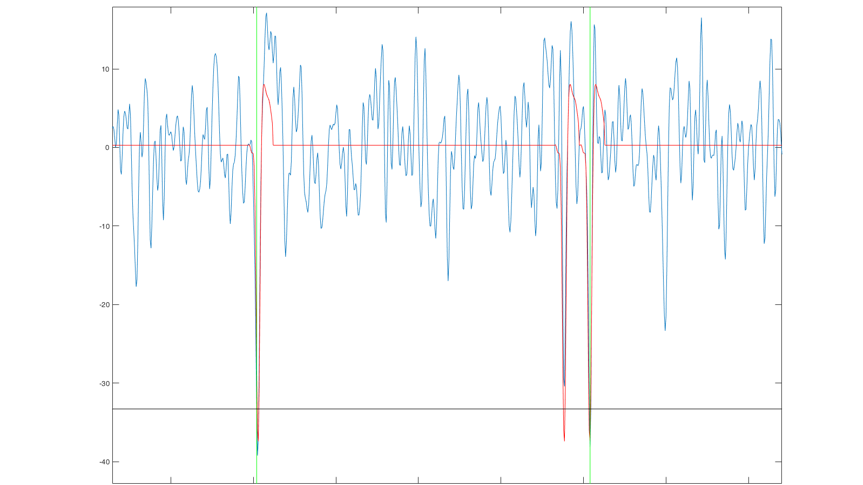
Spike identification with Hidden Markov Model
Applying the knowledge obtained in Dr. Yen's group, I proposed the usage of Hidden Markov Model for spike identification. Dr. Rosa was interested in both invasive and non-invasive Brain-Machine Interfaces that would allow humans to control devices using their brain. The application of such techniques is very wide, we would allow paralysed patients to walk again, arm amputees to hold again, and even allow locked-in patient to communicate again. However, the first step would be an accurate decoding and identification of the signals within the brain and that is where spike identification comes in. The image on the left illustrates an example of spike identification.
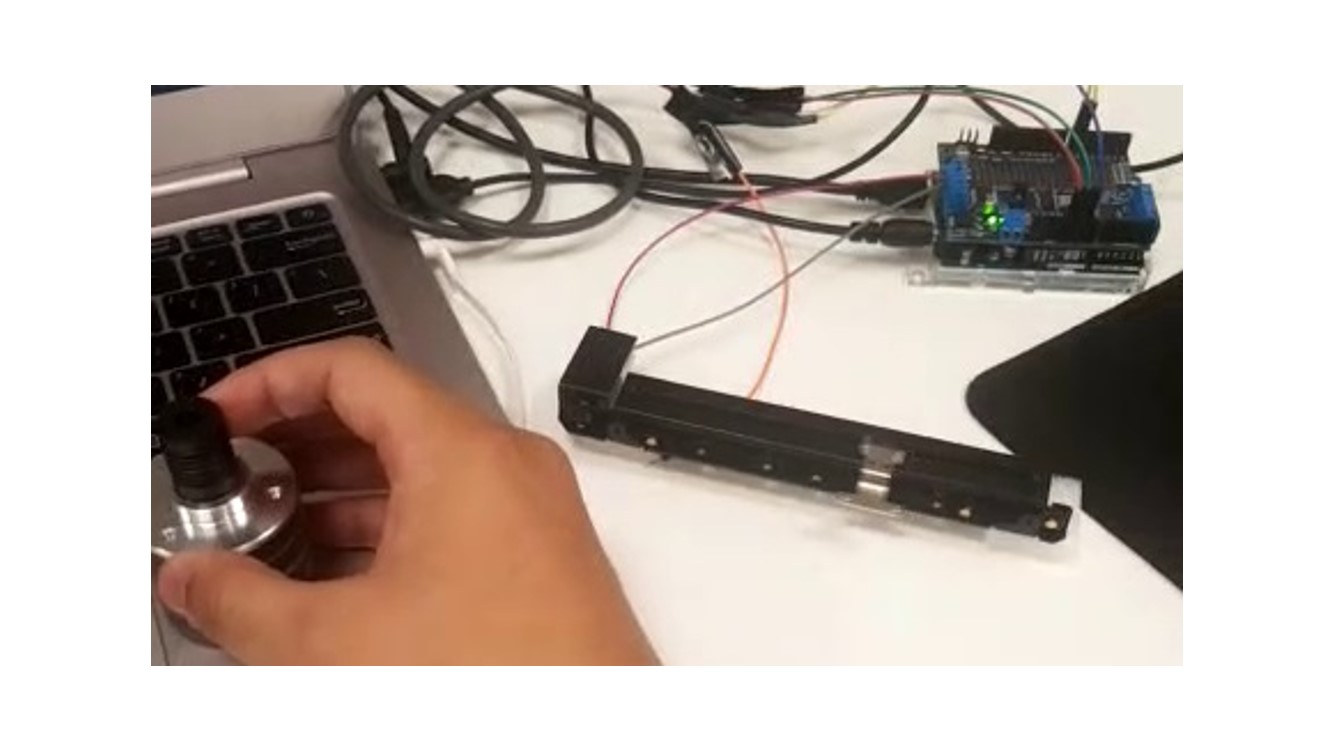
At LKCSOM, I was involved in the early stages of the project where I independently proposed, designed, purchased and assembled an experimental set-up from scratch. I was fortunate to be exposed to the early parts of the project where I had the chance to think about what behavioural tasks would capture the hypothesis that we are trying to verify. Also, I had the opportunity to pick up on Arduino and Bpod over here.
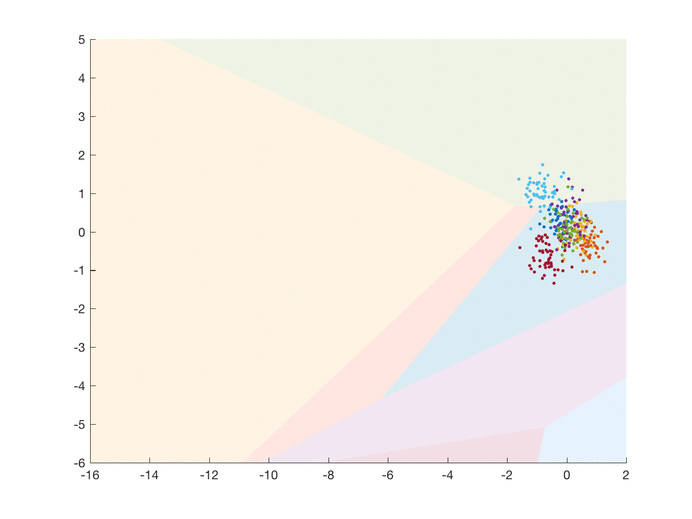
Neuronal Code Morphing Observed during a Working Memory Task
My first encounter with neuroscience research which cemented my love for neuroscience ever since. Over here, I analysed data collected from macaque using techniques such as LDA and PCA. It was also in this laboratory that introduced me to MATLAB. The focus of the project was to look at how the neuronal population code encoded within the prefrontal cortex morphs in the presence of a distractor. The gif on the left gives a visualisation of the code morphing. The background represents the classifier boundary while the points are the neuronal data which changes over time during the presentation of cues.

Ring Finger and WD Repeat Domain 3 (RFWD3) is up-regulated in breast cancer and associates with breast cancer cell survival.
This was where I was first introduced to the landscape of research. Over here, I learnt many wet-lab techniques such as western-blotting, RNA/DNA gel electrophoresis, ELISA assay and many more. In fulfilment of my diploma's final year project, I also wrote a thesis and presented my work in front of a panel. Subsequently, my work was selected to take part in a poster presentation at Young Scientist's Symposium 2015.
Copyright © 2019 Design by Free Html Templates